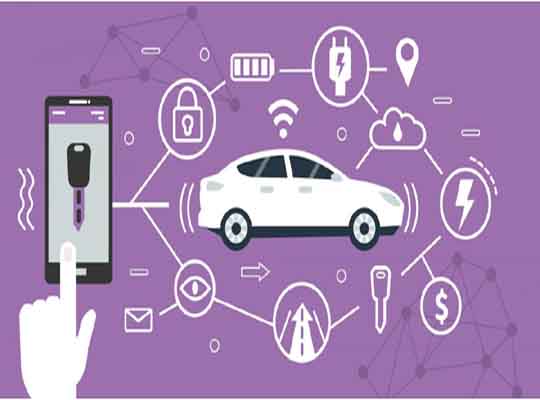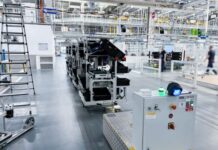The market of connected cars is one of the fastest growing in the ecosystem. The India connected car market is valued at USD 7.5 billion in 2018 and is projected to reach USD 32.5 billion by 2025, at a compound annual growth rate (CAGR) of 22.2% during the forecast period. One of the largest car markets in the world, India ranks first in data anxiety related to the connected vehicles. The merging of the Internet of Things (IoT) in-vehicle technologies, like remote diagnostics, onboard GPS, has paved the road for new and exciting opportunities in this industry.
While there is an indication that the adoption rate for connected services is growing, many customers are concerned about these vehicles’ security. Security must be a top priority — from designing the car to the moment the driver takes the wheel and beyond. The key to securing the connected cars potential “attack surface” is enabling the right levels of connectivity at the correct times. The industry continues to bring to life new innovative ideas making these connected cars safer and highly enjoyable for everyone, ensuring a better and connected driving experience for the user. As per the 2020 Global Automotive Consumer Study by Deloitte, stating insights on the automotive industry globally, states that, with the introduction of Personal Data Protection Act, the automotive industry would need to add another layer of regulation to balance benefits of connectivity with protection of consumer data.
Keeping in mind, here are a few, yet prevalent IoT applications for cars making automobiles safe for the future and exciting to drive:
Communication between vehicles
IoT offers the ultimate car safety value that is V2V communication. This can be calculated using car alert options where nearby connected cars alert each other on speed, direction, traffic, road condition, and pedestrian information. Further, these IoT-enabled cars can initiate preventive measures such as timely automated braking or appropriate driver alerts, which in turn help avoid crashes that are otherwise inevitable due to human limitations.
Vehicle-to-Infrastructure Communications
Vehicle infrastructure integration connects cars to their physical surrounding and helps manage traffic by alerting drivers about the road situation ahead. This helps identify the most suitable route to the intended destination. For example, cars analyzing distance, speed, and stoppage time of the traffic signals and recommending an appropriate cruising speed to avoid the frustration of waiting for red-light signs to turn green. In Indian context, the sensors also detect pedestrians, bicycles within its proximity and adjusts the car’s speed accordingly. This will also help to create a network-based traffic management system. The cars will coordinate with traffic signals directly and get rid of any human error.
These safety features have proven to be highly effective to avoid crashes and with more cars getting new technologies will reduce the overall road fatalities.
Enhanced Car Insurance
Connected cars essentially function as IoT data sources generating a deluge of information facilitating critical transportation, logistics, and freight management decisions. IoT is also extensively used in insurance cases. The insurance company’s primary value is that sensors can accurately track the car’s condition, the owner’s driving style, and other aspects that affect the vehicle’s state or driving safety. This data allows an insurance agent to charge for insurance more accurately or better assess the damages and their cause in the case of an accident.
Carpooling and Car Sharing
Smartphone-enabled carpool and car-sharing services such as Uber and Ola are prime examples of connected cars working as transportation alternatives that generate revenue for independent drivers, thereby offering convenient travel options. Further developments in this direction include connected services providing immediate support during accidents and pre-adjust car settings such as air conditioning and seating position based on the preference of new passengers taking the ride.
Internet of Things for Environment
Ecologists usually disassociate themselves with fuel-thirsty cars and energy-hogging connectivity technologies. But by combining the two, they have received their support for car IoT applications that keep a tab on vehicle carbon emissions and proactively recommend appropriate measures to reduce harmful emissions from car exhausts. This information also helps identify urban areas that require immediate and critical attention to reducing air pollution.
In the era of IoT, cars have emerged as the ultimate mobile machines. The extensive impacts of IoT on the automotive industry show how this technology will expand in the coming years and have a significant role in the roads and the future economy. In several ways, the implementation of IoT can be done in the automotive industry, and not only with ease and entertainment, but with safety and drivers’ comfort.















